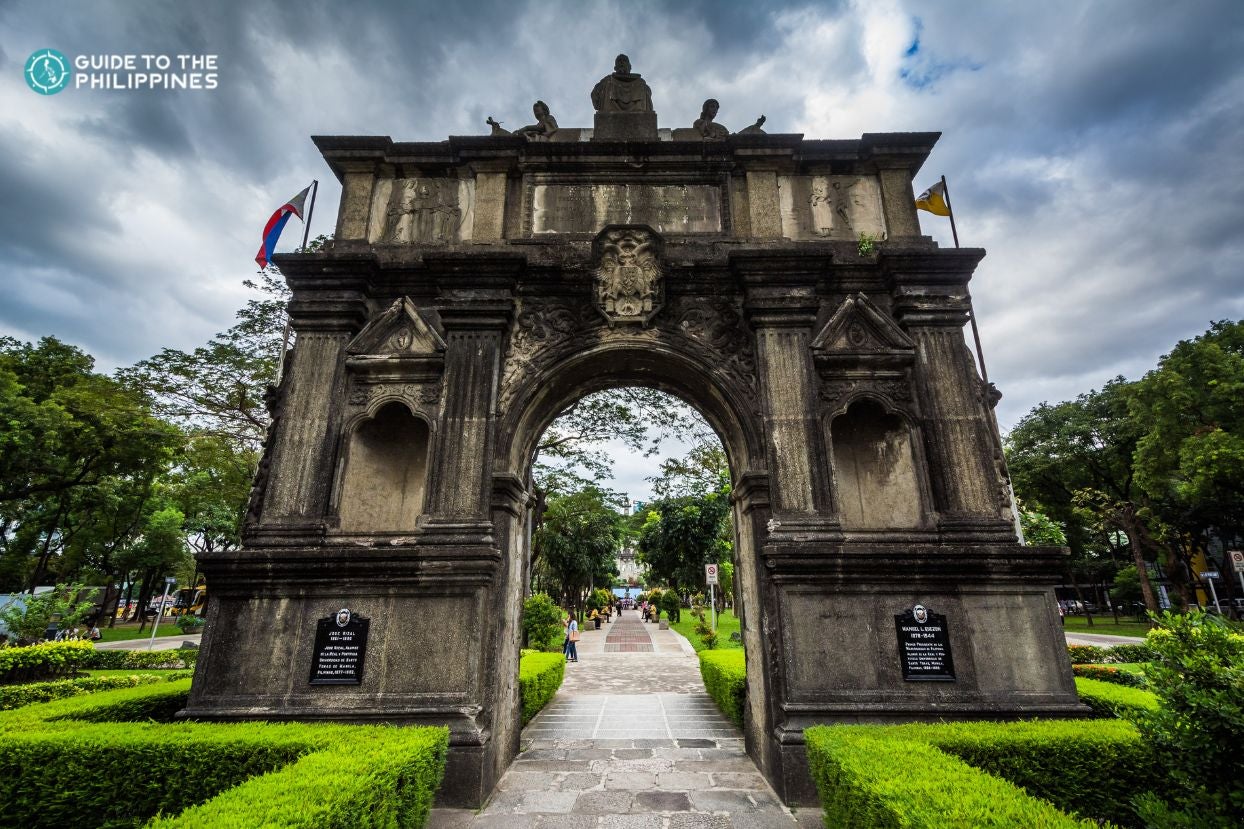
The university’s Main Building, with its striking Renaissance Revival style and symbolic sculptures, is the first earthquake-resistant structure in the country and serves as a visual centerpiece of the campus. Nearby, the UST Museum—the oldest in the Philippines—houses an eclectic collection of religious artifacts, botanical specimens, and fine art, offering insight into centuries of Filipino and Catholic tradition.
A stroll through the UST Quadricentennial Park reveals serene fountains, sculptures, and manicured gardens, ideal for a quiet break amid the city’s hustle. The Santisimo Rosario Parish, located within the campus, is a place of devotion and reflection, frequently visited by both students and tourists.
As a cultural landmark in the Philippines, the University of Santo Tomas offers an unforgettable stop for international travelers seeking to discover the rich history and academic legacy of the country.









